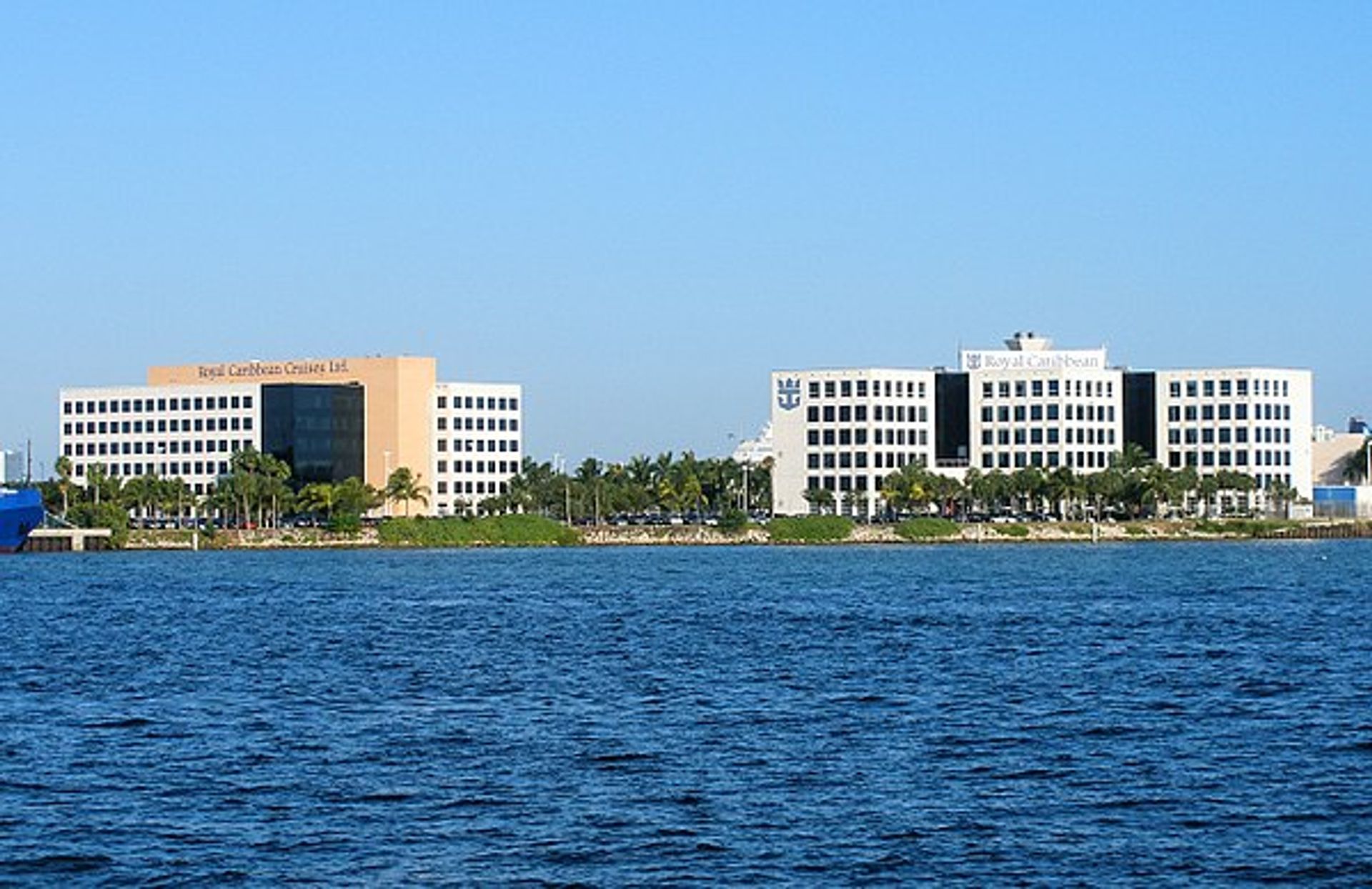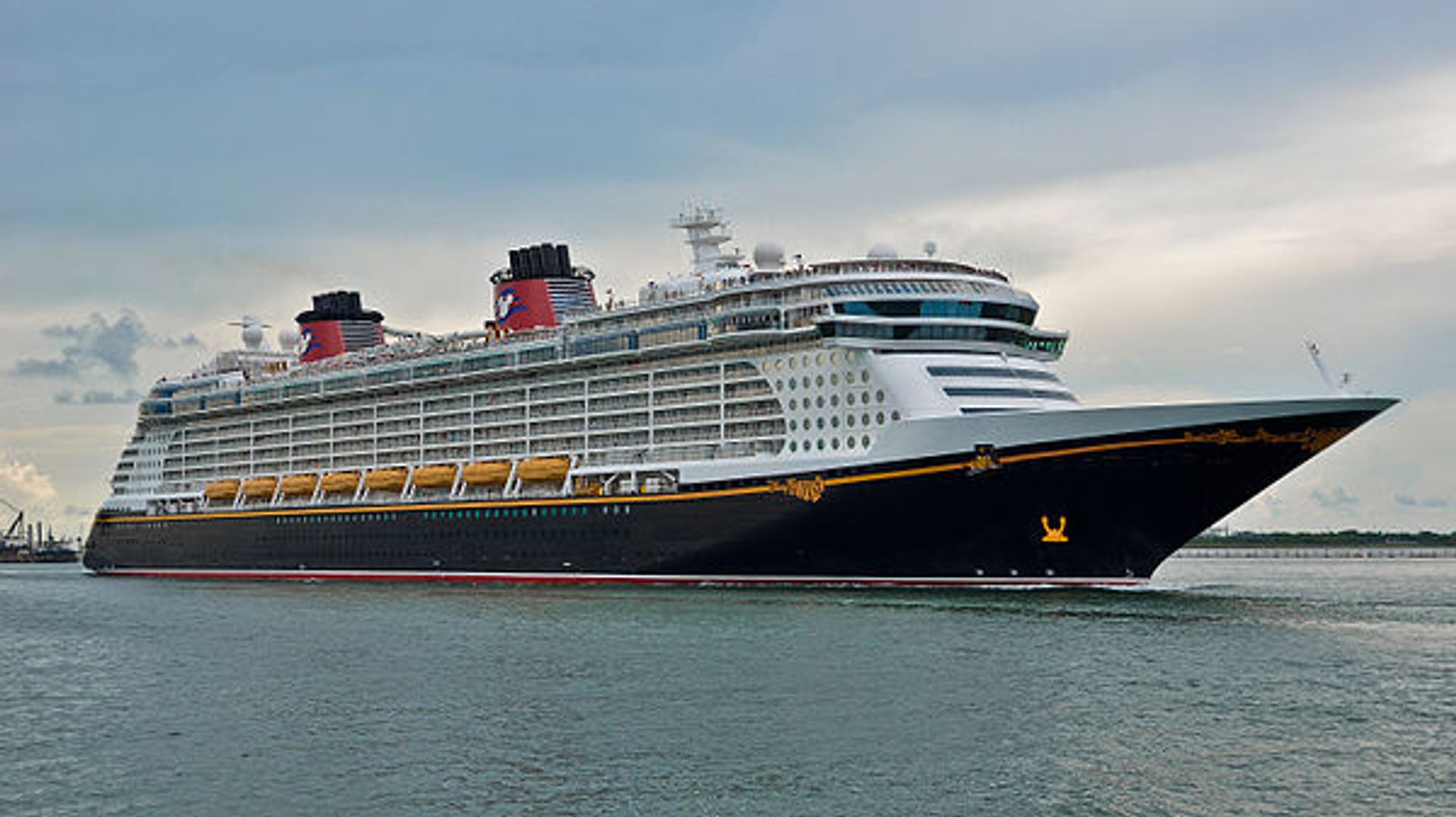
Uber
What do people say about Uber?
Uber is widely perceived in the United States as a disruptive yet controversial company. While it revolutionized transportation and delivery services, the perception is marred by ongoing issues such as driver exploitation concerns, safety incidents, and aggressive legal challenges. Its innovative platform is often recognized, but the negative aspects related to corporate ethics and regulatory compliance dominate discussions. The company's efforts to improve its image are frequently seen as insufficient in addressing systemic problems. Overall, Uber is viewed as a symbol of tech-driven convenience wrapped in a problematic business model that prioritizes growth over fairness.
Where are the conversations happening?
Critical discussions about Uber predominantly arise from news outlets focused on labor rights and consumer safety, such as investigative journalism platforms and regulatory watchdog reports. Tech media often highlight Uber's innovation but do not shy away from addressing its ethical and legal controversies. The most critical discourse appears in labor advocacy channels and mainstream news media covering transportation and gig economy issues, where Uber's exploitative labor practices and regulatory defiance are frequently condemned.
What are the topics trending around Uber?
Emerging trends include increasing regulatory scrutiny on gig economy labor practices, a growing push for driver benefits and protections, and public debates on corporate accountability in tech industries. Additionally, there is heightened focus on safety protocols and data privacy concerns related to ride-hailing services.
Why are these topics trending?
These topics arise from ongoing legal and political pressures on companies like Uber to reform labor standards and improve safety measures. Public and governmental demands for transparency and fairness in gig work reflect a broader societal shift towards holding tech giants accountable, which directly impacts Uber's operational and reputational landscape.
How is Uber being talked about?
Detailed breakdown of public sentiment and conversations about this entity.
Impact vs Sentiment
See how each entity's high impact percentage relates to their positive sentiment percentage from actual mentions.




